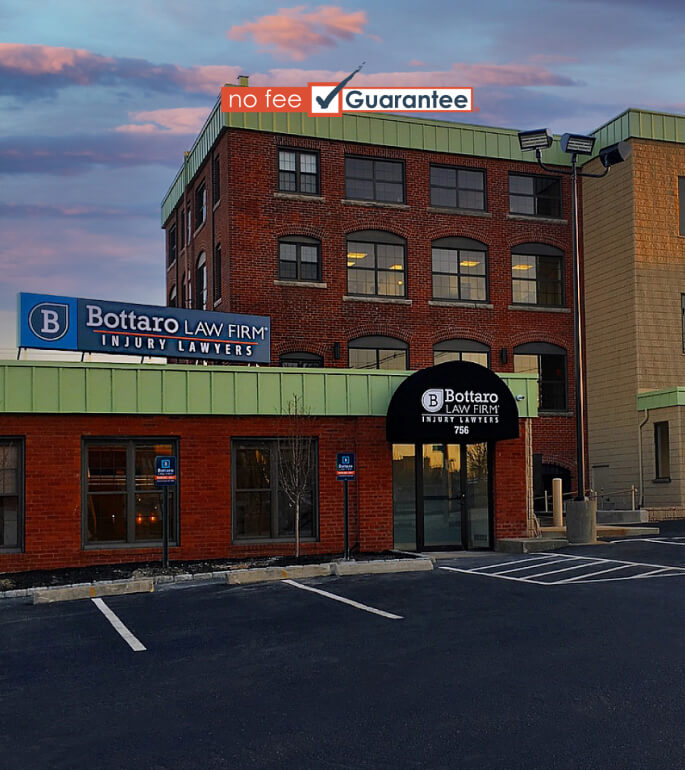
Rhode Island Failure to Yield Car Accidents
All motorists in Rhode Island are obligated to obey traffic laws, one of which is to yield to vehicles that have the right of way. Failing to do so can result in a preventable traffic collision and related injuries. If you were hurt by a driver who failed to yield in Rhode Island, you might be entitled to compensation for your injuries and other losses.
At Bottaro Law, we understand how a car accident can impact your physical and emotional well-being. That’s why our failure-to-yield accident attorneys in Rhode Island want to help you seek justice and the compensation you deserve. Our legal team has the experience, skills, and resources to handle every aspect of your case on your behalf. With us on the case, you can focus on healing and not on bureaucratic red tape and stressful negotiations.
Contact us today for a free case review and find out how we can help.
Types of Failure to Yield Accidents in Rhode Island
A driver who fails to yield the right-of-way may cause an accident in situations involving:
- Stop Signs, Yield Signs, and Traffic Lights – Intersections can be dangerous because multiple cars are driving at different speeds and in directions, typically passing perpendicularly in front of one another. If a driver is not paying attention as they approach an intersection, they could enter the intersection when it is not their turn to do so, potentially colliding with whichever vehicle has the right of way.
- Left Turns – When turning left on a two-way roadway, a driver must necessarily cross paths with oncoming traffic. They must watch for cross traffic and yield to oncoming vehicles. A driver should never make a left turn when a traffic light is red or when oncoming traffic makes it unsafe to do so.
- Right Turns on Red – A driver may turn right at most red lights after first coming to a complete stop if there is no oncoming traffic. Failing to yield in this situation can cause a serious T-bone, sideswipe, or rear-end accident.
- Bicycles and Pedestrians – When turning or changing lanes, drivers must yield to bicycles traveling in the bike lane and pedestrians crossing in a designated crosswalk. Cyclists and pedestrians are especially vulnerable to severe injury because they are exposed and are not protected like a car’s occupants.
- Parking Lots and Driveways – These areas typically do not have traffic signs, and even collisions at slow speeds can cause damage and injuries. Rhode Island law says that stopped vehicles should yield to the car already traveling or to the vehicle on the right if they are both stopped.
- Three-Way and Four-Way Stop Signs – The first vehicle to arrive at the intersection should proceed. If multiple cars arrive simultaneously, drivers should yield to the vehicle on their right.
- Merging – A driver who wants to merge into another lane should yield to those already traveling in that lane. Failure to merge properly can lead to dangerous sideswipe accidents, especially at high speeds.
- Emergency Vehicles – When an emergency vehicle is approaching with its lights and sirens on, drivers should move to the right side of the road and stop until the emergency vehicle has passed.
Yielding the right of way is not only a courteous thing to do. It is essential for keeping all road users safe.



